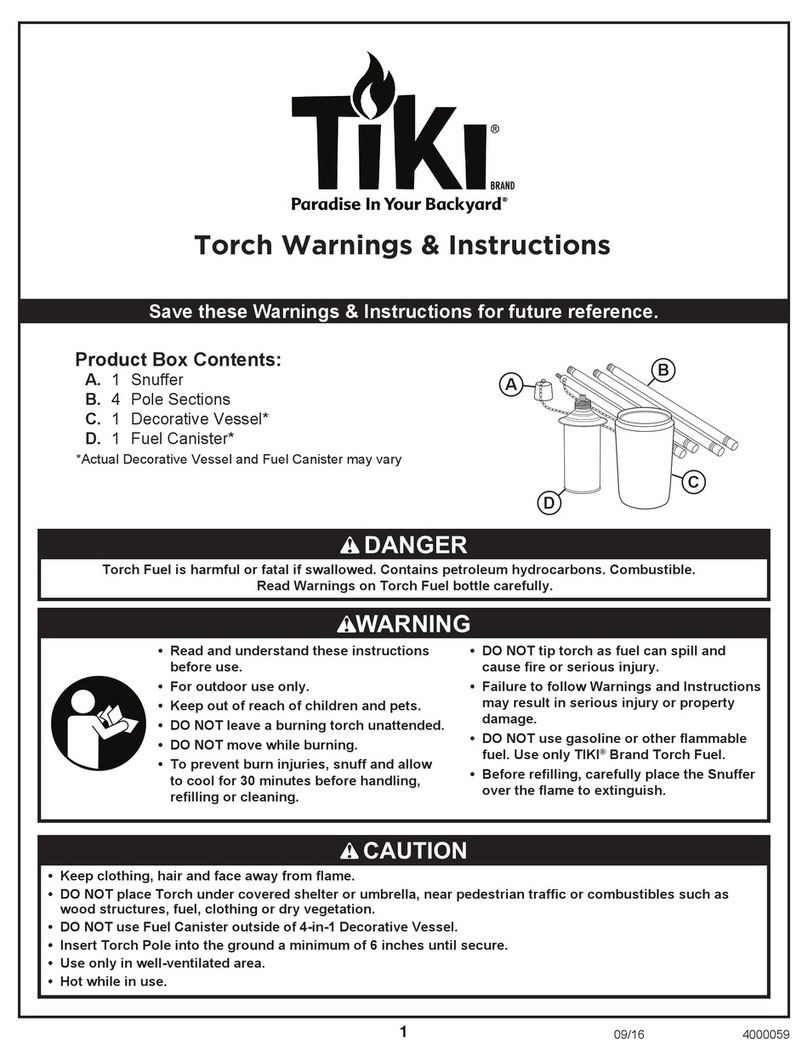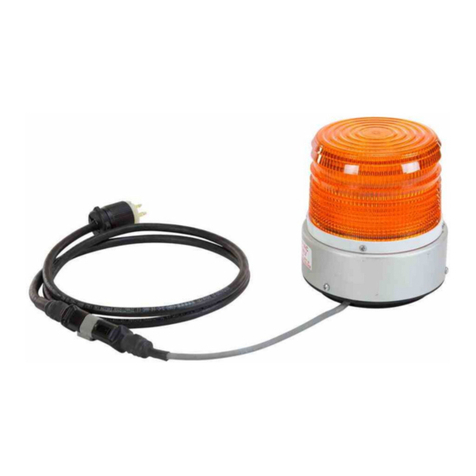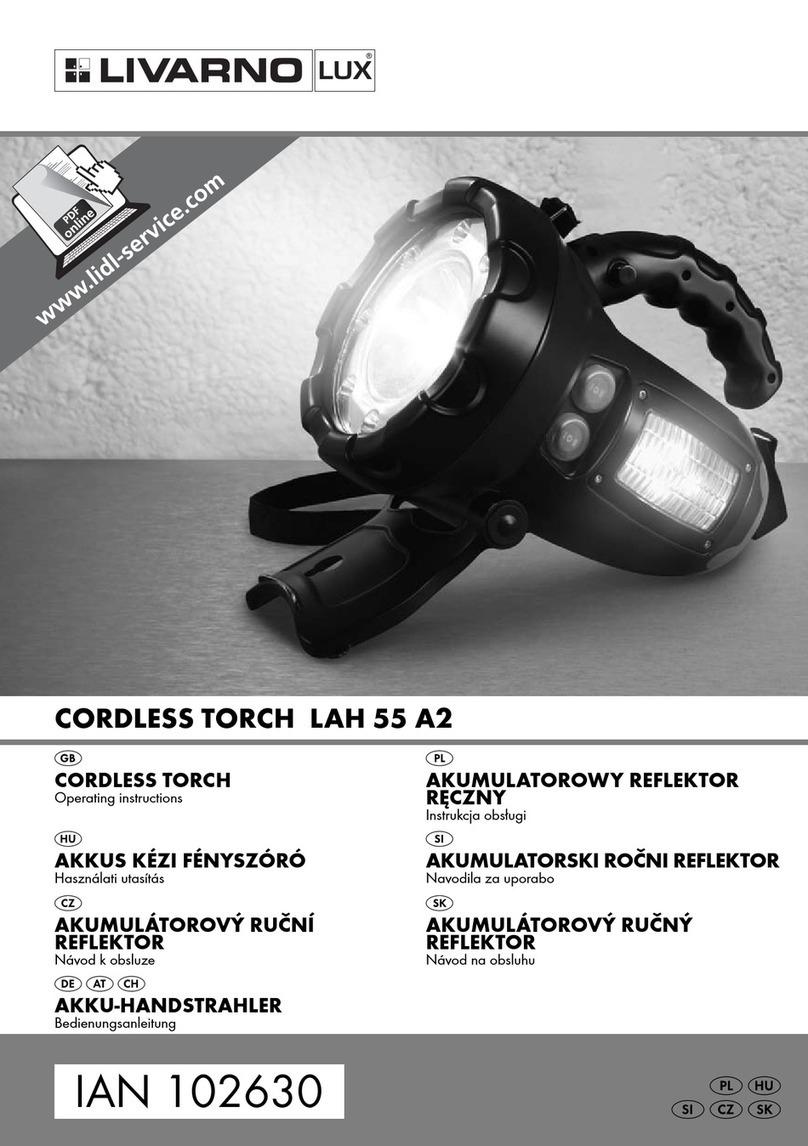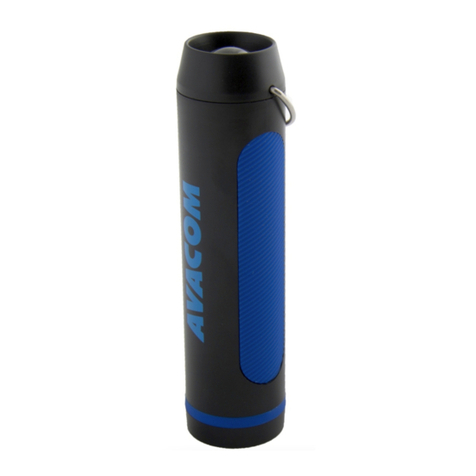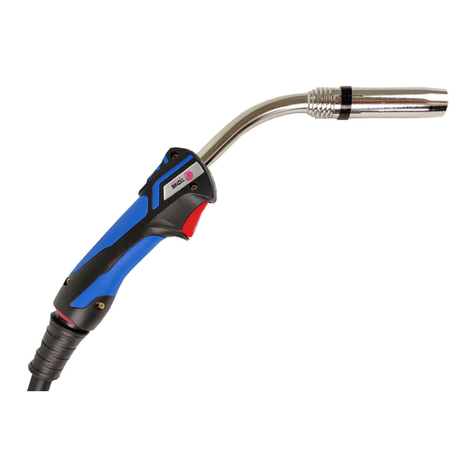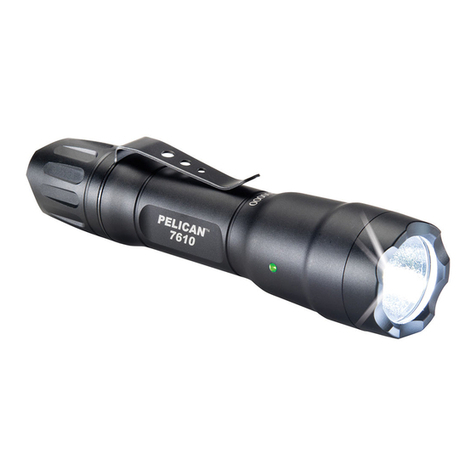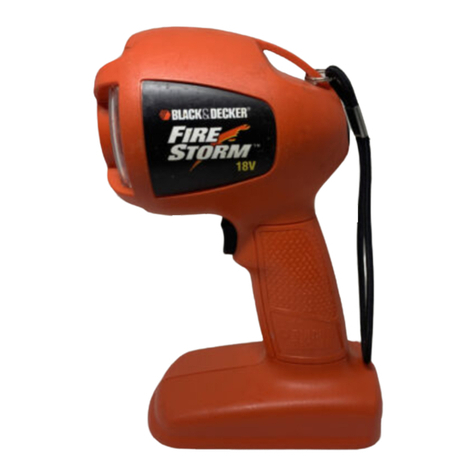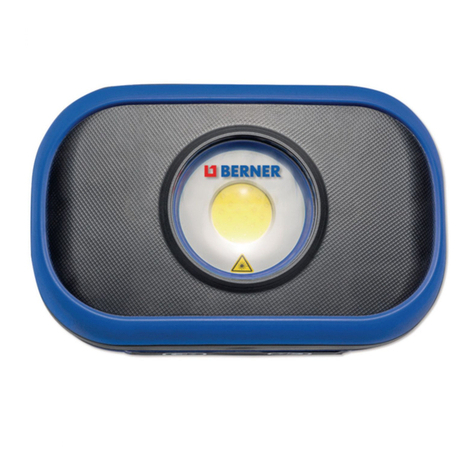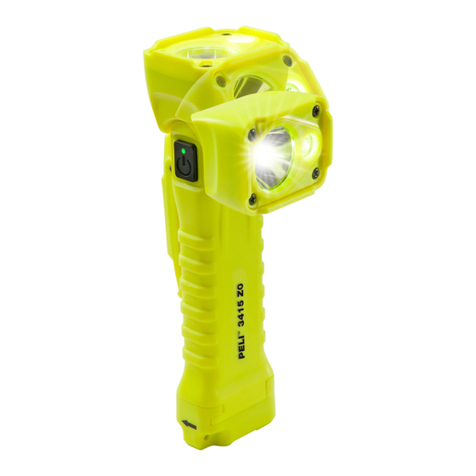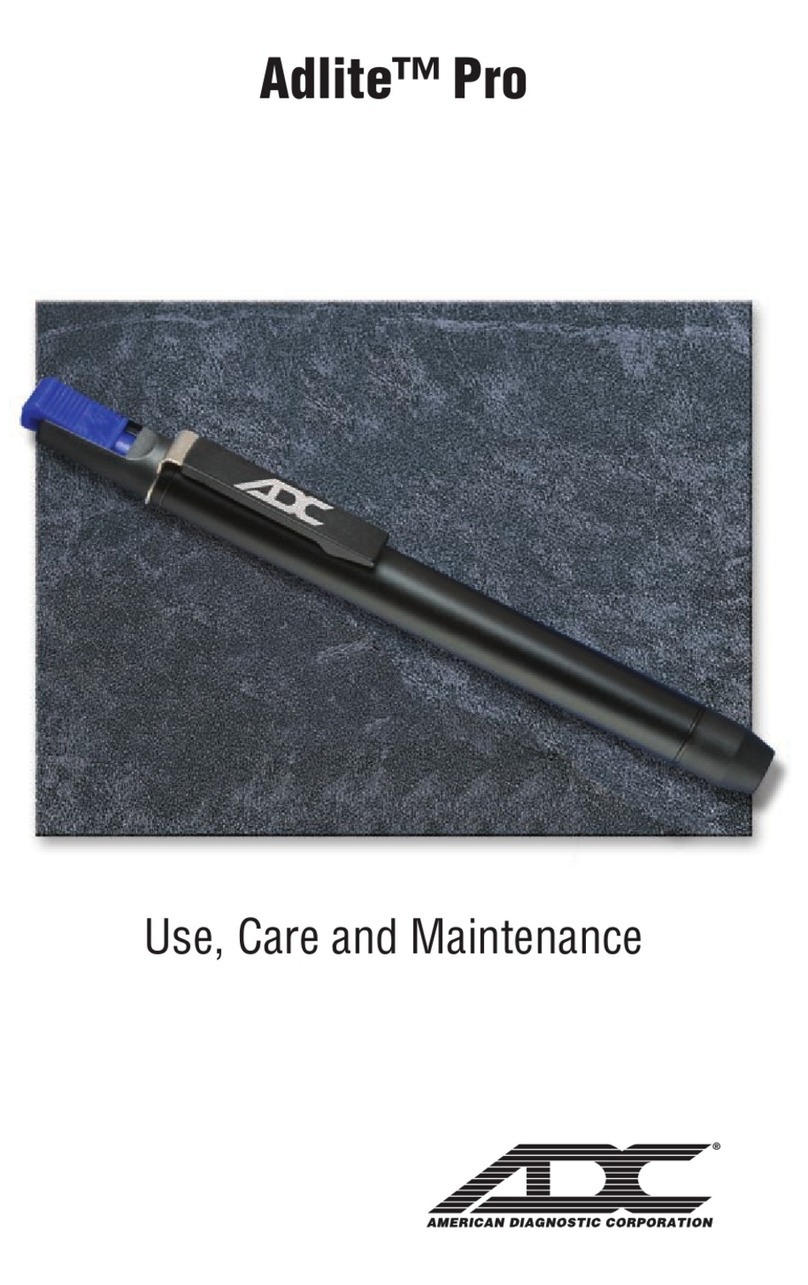Power on the Flash
Press the Power button (ON/OFF) for two seconds
to turn the flash on or off.
In order to save battery power and avoid
battery leakage, the default systemsettings will
operate as follows:
When the speedlite is not in use for 60 seconds, the CPU will
automatically enter Sleep. In this case, press any key to “wake up”the
speedlite. When the speedlite is not in use for more than 30 minutes, the
CPU will shut down automatically.
If the speedlite is not in use for a long period time, it is recommended to
use the main power switch to turn the speedlite off and remove the power
source (4x AA batteries). Before removing the batteries, use the Power
Button to turn the speedlite OFF.
When the speedlite capacitor is fully charged, the speedlite PILOT
button will light up blue indicating that the flash is ready to fire.
State of charge indicator
Before shooting, confirm that the flash charging
indicator light and camera viewfinder light have both
been lit. If neither lights are on, the flash will not fire.
Extended Interface
You can connect to an external power supply and/or connect to PC
synchronization via the port on the left side of the flash.
1. The external power connector can provide
more adequate power than AA batteries.
2. To connect with PC sync, make sure camera
and speedlite are synchronized.
TTL Flash
Set the camera's shooting mode to <P> (Program automatic exposure)
or<A> (Auto). Your Flash will now sync with your camera’s automatic
exposure settings and adjust power accordingly for the correct exposure.
Setting the flash exposure compensation value:
1. Select the flash mode
2. Press “MODE” button until the LCD
displays “TTL”. Set the flash exposure
compensation value. Press the “UP” and
“DOWN” keys to adjust exposure
compensation.
1.Select the “Right” and “Left” keys to
adjust exposure value.
2. The available compensation value is
adjusted in increments of ‘+’ or ‘-‘ 3 .OEV.
The compensation value icon:
0EV: +0.3EV, +0.7EV, +1.0EV, +1.3EV—+1
-0.3EV, -0.7EV, -1.0EV, -1.3EV—+1.
.
